The agile workplace provides choice, responds to human needs, enhances productivity and satisfaction, and efficiently uses space. To an architect or interior designer, who are already accustomed to working in the studio, it’s a no-brainer. But bringing these ideas to the table with a client or user group isn’t always so intuitive. While many groups can immediately get on board with ideas about enhanced workplace wellness and better collaboration within teams, the design team must respond to one particular concern nearly every time: privacy.
3.a: I must have an office to do focused work.
"I’ll be distracted all the time if I can’t close my door and get some work done."
For the design team, this concern generates a question: How can we find the right balance between openness and privacy? Our understanding of privacy is that it is less about being isolated from the rest of the office, and more about the ability to control acoustic and social stimuli.
Controlling acoustic distraction is less about silence and more about consistency. In the same way listening to white noise at night can help you get a good night’s sleep, a steady level of noise in open work areas can provide a blanket of sound that reduces the likelihood that a sudden noise will interrupt a train of thought. Think of the bustling cafe, where it’s easy to settle in and find that productive groove. In contrast, in a library, a sudden shuffle of papers or a person entering a space can break the spell of concentration.
A level, predictable amount of social stimuli is also important to consider. The movement, energy, and community-oriented spirit of the cafe-like atmosphere of a populated workspace are ideal for inspiring creativity, focus, and team interconnectedness. Sudden movements and spontaneous conversations are absorbed by and part of the open work area’s energy, contributing to the atmosphere rather than disrupting it.
This isn’t to say that the hidden corner at the back of the library can’t be part of the workplace solution. Complementary to the bustling spaces described above, we might find spaces that provide barriers to acoustic and social stimuli. This might look like walls and doors, or it might look like any number of furniture solutions. These are the spaces for retreat and renewal, good for the most focused tasks, recharging between bouts of teamwork and collaboration, or meeting spaces that require more privacy.
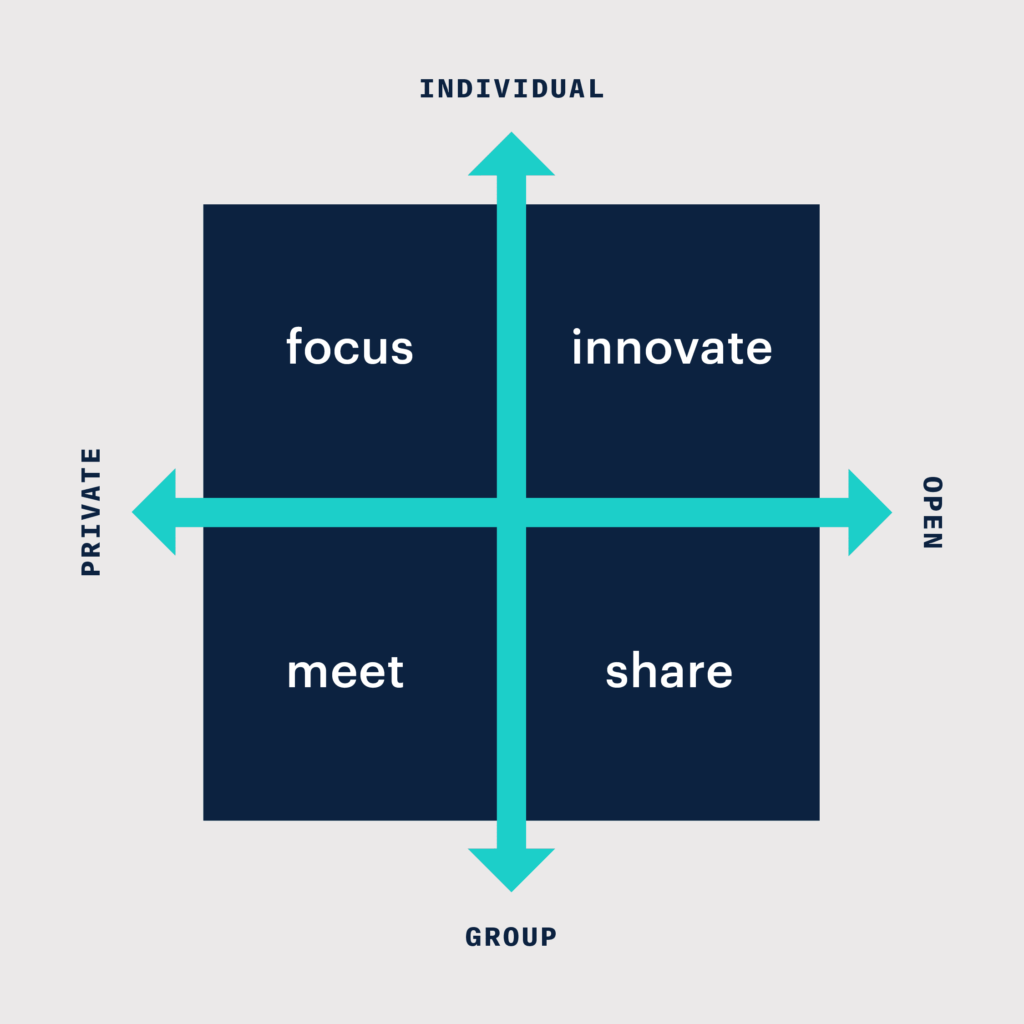
3.b: The Ecosystem of Spaces
These varied space types, from the studio-like atmosphere of open work areas to cafe-like lounge areas, to privacy booths, all offer different kinds of environmental stimulation.
An agile workplace, by definition, provides a multitude of space types and enables each employee to choose the ideal setting for the task they are working on.
For those who focus best and enjoy the privacy offered by their favorite window seat of a popular cafe, there is the break area or common meeting area where they can set up with coffee for a few hours of productive work. Those who need complete silence and enclosure may find a setting that suits their needs in a breakout room or privacy booth.
In every floor plan, we include individual and group spaces that traverse the spectrum of openness to privacy. While open individual or open group spaces are great at fostering creativity, bolstering workplace trust, and enhancing a sense of community, private areas meet the needs of analytical task-doing and focused meetings without interruption.
3.c: The Sound Solution
We use a number of strategies to create the “just right” middle ground between not too loud, where sound is imposing and overstimulating, and not too quiet, where every sound is an interruption. We encourage sound by providing the physical elements that bring work stations, lounge seating, and breakout areas together in one location.
While the first set of tools we use to control acoustic properties is found within the furniture system elements and the details of the building, additional control can be introduced with sound masking techniques, which help establish a comfortable, creative din in group work areas.
Walls and doors, as elements of the furniture or the architecture itself, are part of the solution, too, when actively blocking sound is essential. Certain meeting or individual focus areas are needed to limit sonic intrusion. Just as we can enhance an open work area to create more white noise, we can enhance the silence of private areas through careful architectural detailing, purposeful material and finish selections, and coordination with the project’s mechanical engineers.
Within the agile workplace, this balance of acoustic experiences creates an ecosystem where employees can choose to work in the environment that best suits their needs.
3.d: There’s no such thing as “One Size Fits All”
The only given in an agile workplace is that each one must be tailored for its occupants. It’s important to clarify with the user what types of work they are doing and how often. If 10% of their daily activity requires a library-like cocoon of ultimate privacy, then a fraction of their total floor space can be proportionately devoted to privacy rooms that meet this demand.
Turning enclosed offices into an open, flexible work area uses floor space more efficiently and offers more room for a variety of work areas that address different needs.
In an agile workplace, there’s more room for playfulness and the kind of inviting spaces that users can fall in love with.
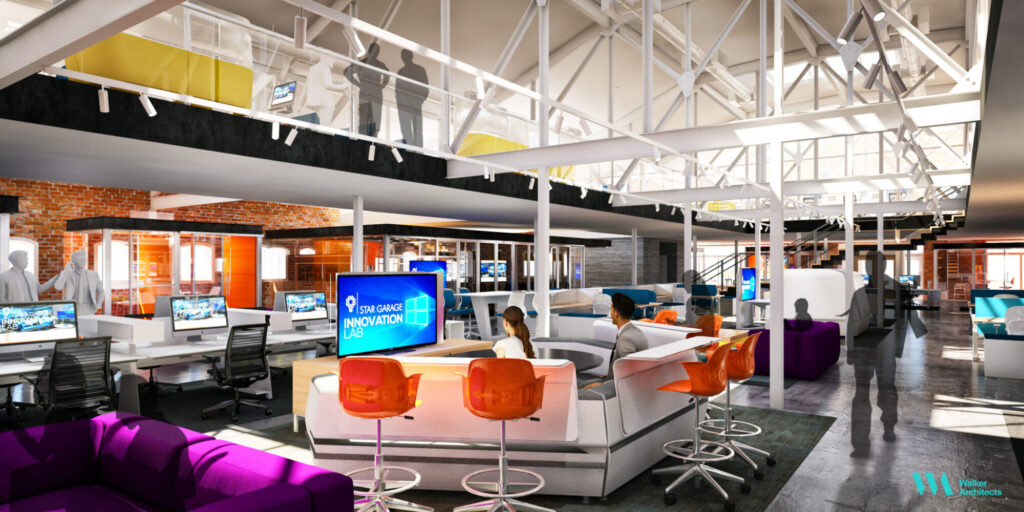
3.e: Parting Thoughts
The Agile Workplace is a holistic approach to workplace design. It addresses the fundamental needs of human individuals who work there. In enabling employees to shape their own workplace experience, individual and group performance is enhanced, while employee stress levels are reduced.
The agile workplace is a means for teams and individuals to both focus and collaborate in ways that traditional workplaces can’t compete with.
We’re not alone in this move towards agility. Agility, choice, flexibility — these qualities are only becoming more relevant. The value in agility in the workplace is becoming apparent when attempting to attract — and importantly, retain — new talent; today’s workers expect choice, and today’s economy values ideas and knowledge. Choice is key to the satisfaction of the workforce.
For us, it’s also about creating a workplace culture that innovates. The agile workplace creates a microcosm of spaces that nurture interaction and builds a sense of community. On this social foundation, employees build the kind of trust with one another that enables them to feel safe to take risks, ask courageous questions, work with an adventurous spirit. A culture that embraces risk opens us up to exploring genuinely innovative ideas.

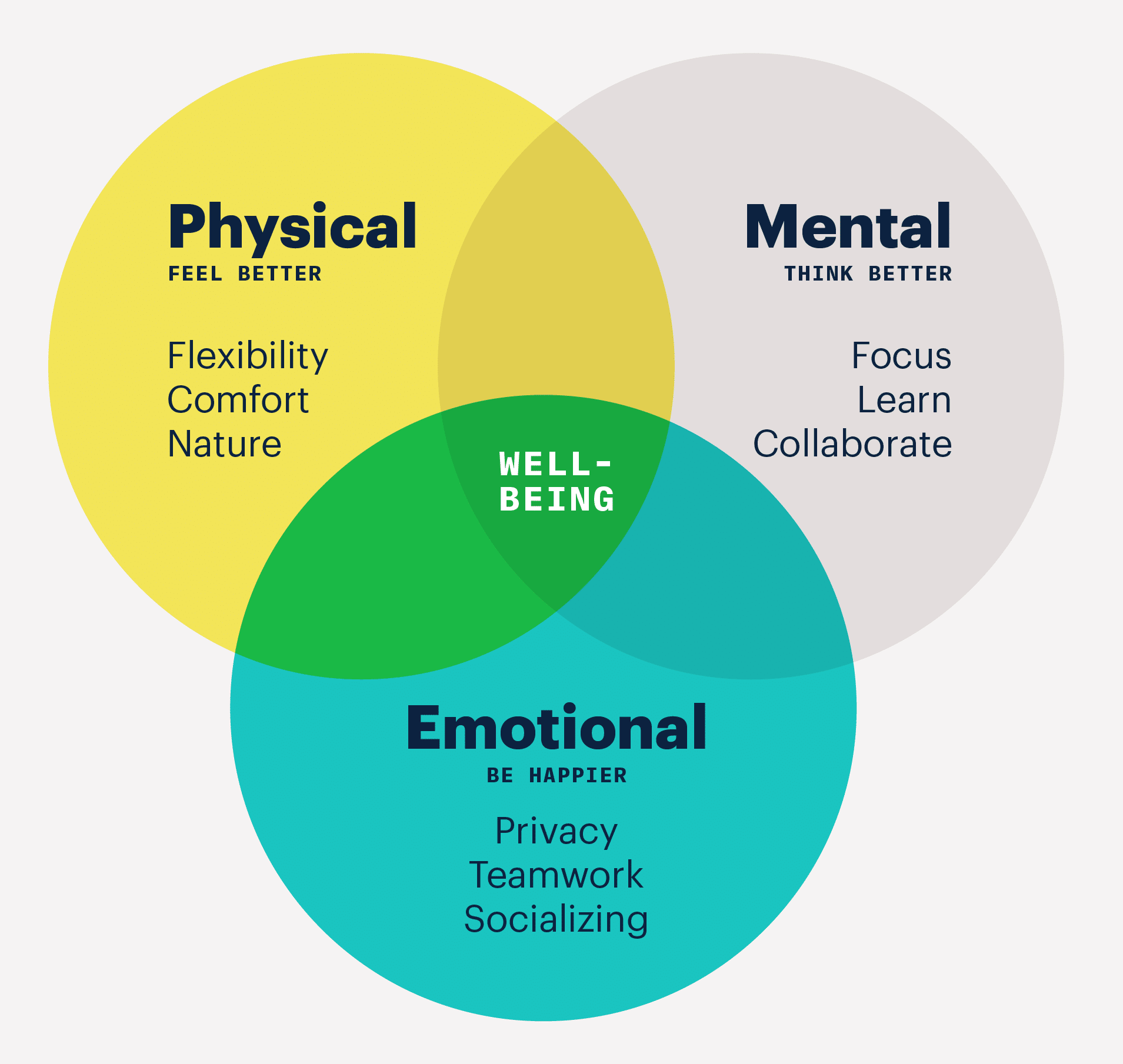
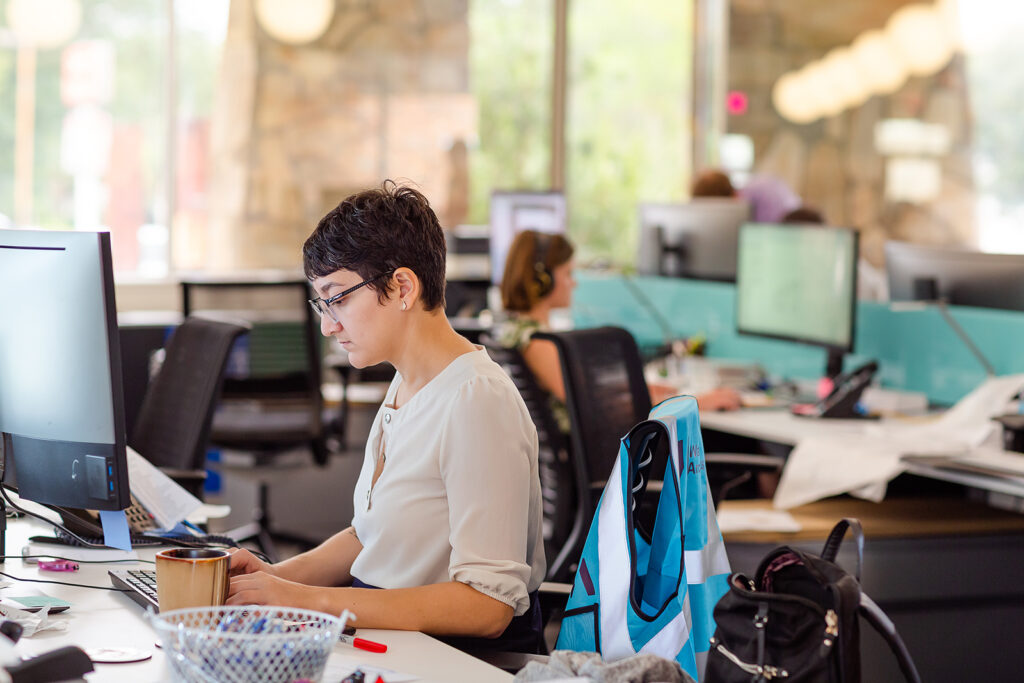
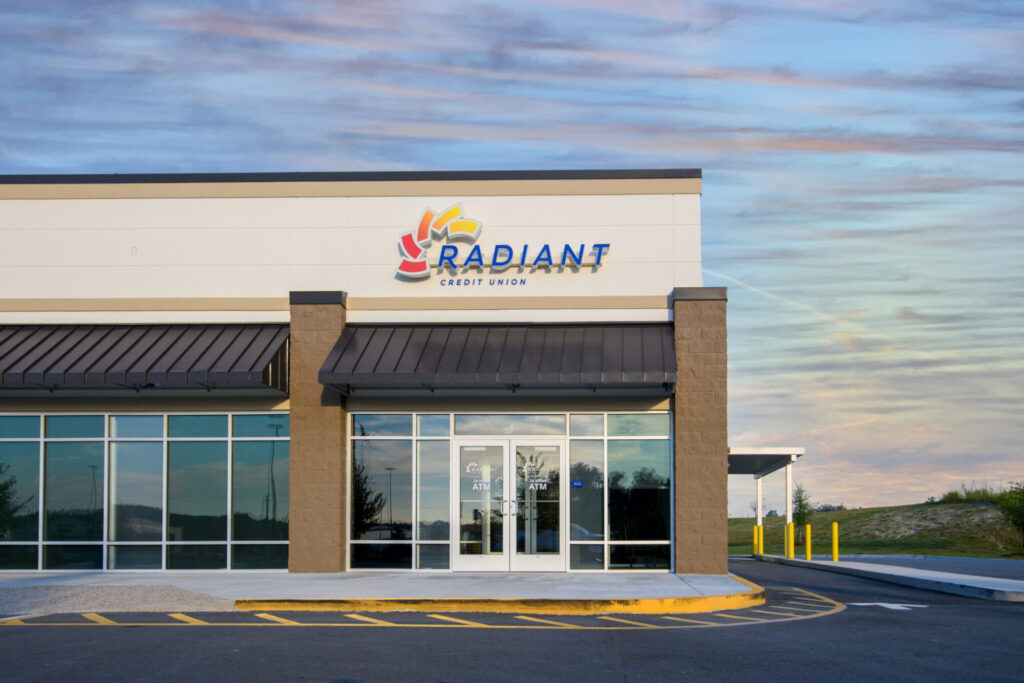
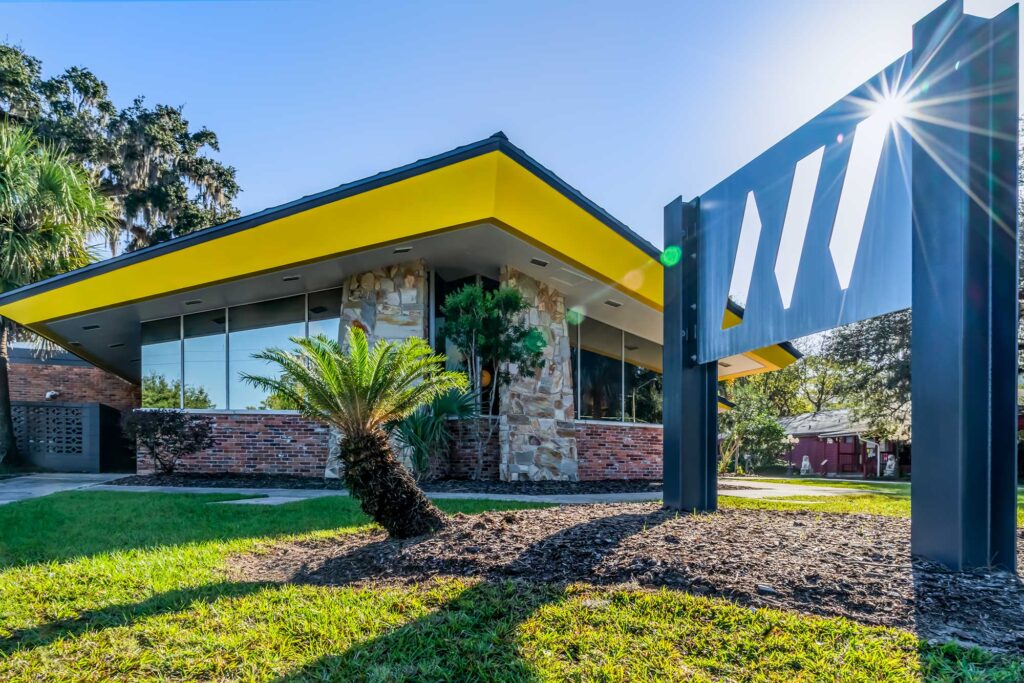
No comments.